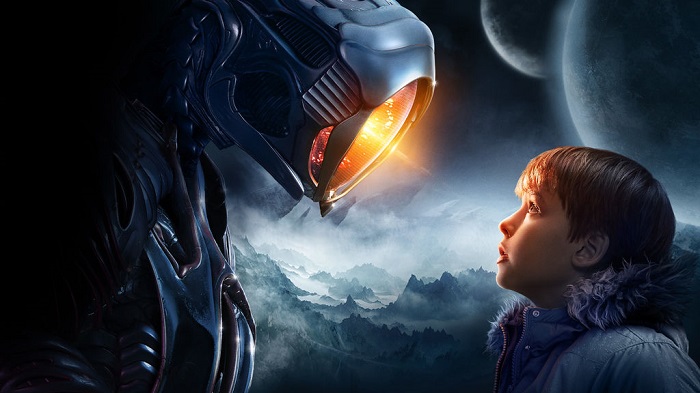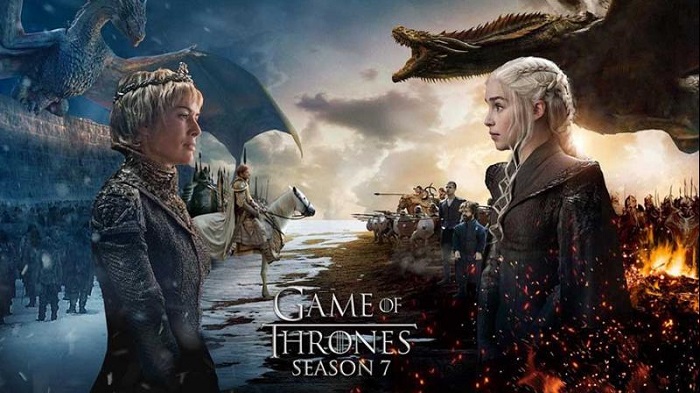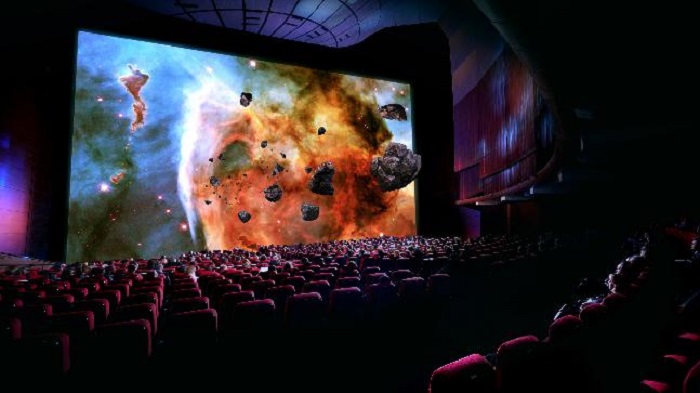The augment of content streaming has unlocked the doors for creators in creating niche content to leap to the next level on the content graph. The storytelling community which has always endeavoured to produce new effects has pushed new margins from experimenting new techniques to incorporating every relevant cutting-edge technology possible in the content. In this emerging aura of content creation, the VFX studios are not behind, they are leaping in creating VFX heavy content for both OTT platforms and for theatres to outshine in the midst of content horizon.
Vancouver-based VFX studio Image Engine known for its blockbuster movies like Jurassic world: Fallen Kingdom, Thor: Ragnarok also leapt in the OTT market with cult television series Game of Thrones Season Seven along with the recent sci-fi series the Lost in Space (first season).
 In conversation with AnimationXpress Image Engine visual effects executive producer and general manager Shawn Walsh shared a deep insight on how the studio has managed the work for the OTT platform as well as the silver screen content.
In conversation with AnimationXpress Image Engine visual effects executive producer and general manager Shawn Walsh shared a deep insight on how the studio has managed the work for the OTT platform as well as the silver screen content.
With the increase in demand of OTT, what are the challenges faced by Image Engine in delivering VFX content?
Some people would be surprised to know that delivering season one of Lost in Space for Legendary Television and Netflix was technically one of the most demanding projects ever at Image Engine due to the necessities inherent in the true 4K delivery specification. Aspects of the work that Image Engine completed are emblematic of the challenges that streaming content represents. For example, many artist tasks related to the details defining the surfaces of CG elements which become dramatically more complex when taken to their fullest extent for high-end television visual effects. The data management of the increased resolution for texture artists; digital matte painters and look developers becomes an essential aspect of executing the work efficiently. As well, aspects of simulation become vastly more complicated due to the sophistication of detailed movement required by the clarity 4K provide.
 Since Image Engine have worked in both movies and TV series can you share what are the differences in workflow witnessed by the production team?
Since Image Engine have worked in both movies and TV series can you share what are the differences in workflow witnessed by the production team?
Although the company got its start working in the early days of television effects, Image Engine is not known currently for working on traditional episodic television. We have contributed mostly to event series work like Game of Thrones or Lost in Space. As a result, we use the exact same pipeline and workflow on both film and television projects- the same crews, the same software and the same production management. So, our approach has been to be somewhat delivery device agnostic over time. This flexibility has been key to our strategy in the past four to five years.

Working simultaneously on film and television projects does highlight some key differences, however. Since television finalises work episodically, you are far more likely to be finalising effects throughout the entire run of the post-production schedule. The good thing is that you have the opportunity to complete work at regular intervals. Keeping in mind that you must be able to finalise work at an early stage of post-production which speaks to the readiness of the existing pipeline. However, there is a lot of schedule pressure all along the way.
Films tend to stay editorially open and in flux throughout the vast majority of post-production. So, while this enables a longer more in-depth development arc, it also means more schedule stress to ramp up the end of the schedule. In this way, film and television are different animals. But, we see efficiency and capability by sticking to the same high-end visual effects process for both.
How Image Engine maintain the continuity and symmetry on the project despite the demand of VFX content for OTT along with movies?
Continuity of work is always something we are focused on at Image Engine. We have developed pipeline tools like Gaffer in-house at Image Engine that have greatly enabled our ability to efficiently run shots and maintain consistent looks across different CG assets, shots and sequences.

Do you think after some time VFX work in TV series will reign over the silver screen content?
No, I don’t. I think there is no substitute for the grandeur and scale of a film theatre experience. The movie screen, at 50 feet tall has a physical effect on the human experience that a 55” high definition television simply will never replace. What I do see happening, however, is the conversation shifting away from one of these ways of viewing being more dominant than the other and more towards everything being available everywhere all the time… Your local theatre, your TV, your tablet, your phone… This is already happening, but not in a much-synchronised way. Simultaneous delivery of content that is device agnostic is coming… I just don’t know how far away it is.

What can fans expect from Image Engine’s upcoming projects?
Fans of Image Engine’s work can expect to see a very diverse range of projects featuring all manner of creatures from those familiar to those yet to be released into the public consciousness. Gigantic winged beasts, of course, creatures literally made of death, cute and cuddly furry beasties and humans that aren’t human. As well as the usual imagining of worlds that don’t really exist. It’s a wild time at the studio these days.
As consumers thirst for cinematic quality content is increasing thus the community of post-production and VFX now being tasked with bringing theatrical production quality to streaming series. Thus VFX providers are behaving like super studios creating that magical cinematic content over OTT and television platform. Hence the zephyr of OTT has pushed the VFX studios like Image engine at a whole new level.
